Charges are placed on the verticles of a as shown. Let →E be the electric field and V the potential at the centre. If the charges on a and B are inercharged with those on D and C respectively, then-
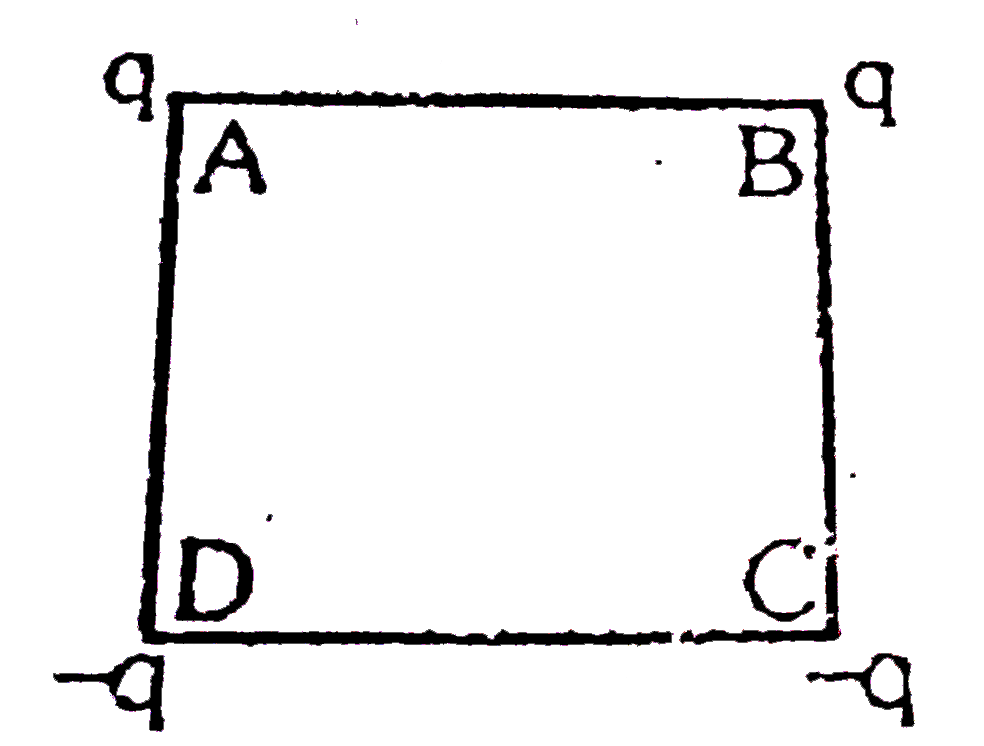 Solution in Gujrati
Solution in Gujrati
→E changes, V remains unchanged
→E remains unchanged, V changes
Both →E and changes
→E and V remain unchanged
The correct Answer is:A
Step by step video & image solution for Charges are placed on the verticles of a as shown. Let vec(E) be the electric field and V the potential at the centre. If the charges on a and B are inercharged with those on D and C respectively, then- by Physics experts to help you in doubts & scoring excellent marks in Class 12 exams.
Topper's Solved these Questions
Similar Questions
A particle is projected vertically upwards with a velocity v. It returns to the ground in time T. Which of the following graphs correctly represents the motion.
03:00View SolutionTwo forces, each of magnitude F have a resultant of the same magnitude F. The angle between the two forces is
03:13View SolutionCharges are placed on the vertices of a square as shown
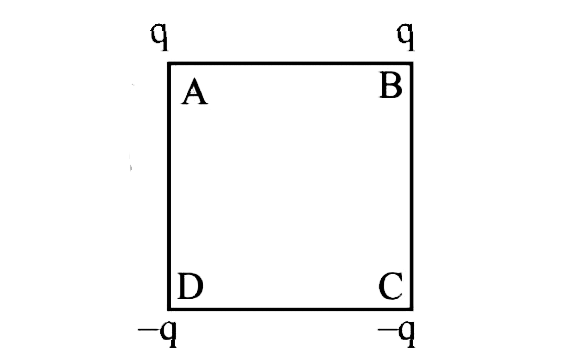
Let →E be the electric field and V the potential at the centre. If the charges on A and B are interchanged with those on D and C respectively, then01:25View SolutionA charge +Q at A (see Fig. 3.140) produces electric field E and electric potential V at D. If we now put charges −3Q and +Q at B and C, respectively, then the electric field and potential at D will be
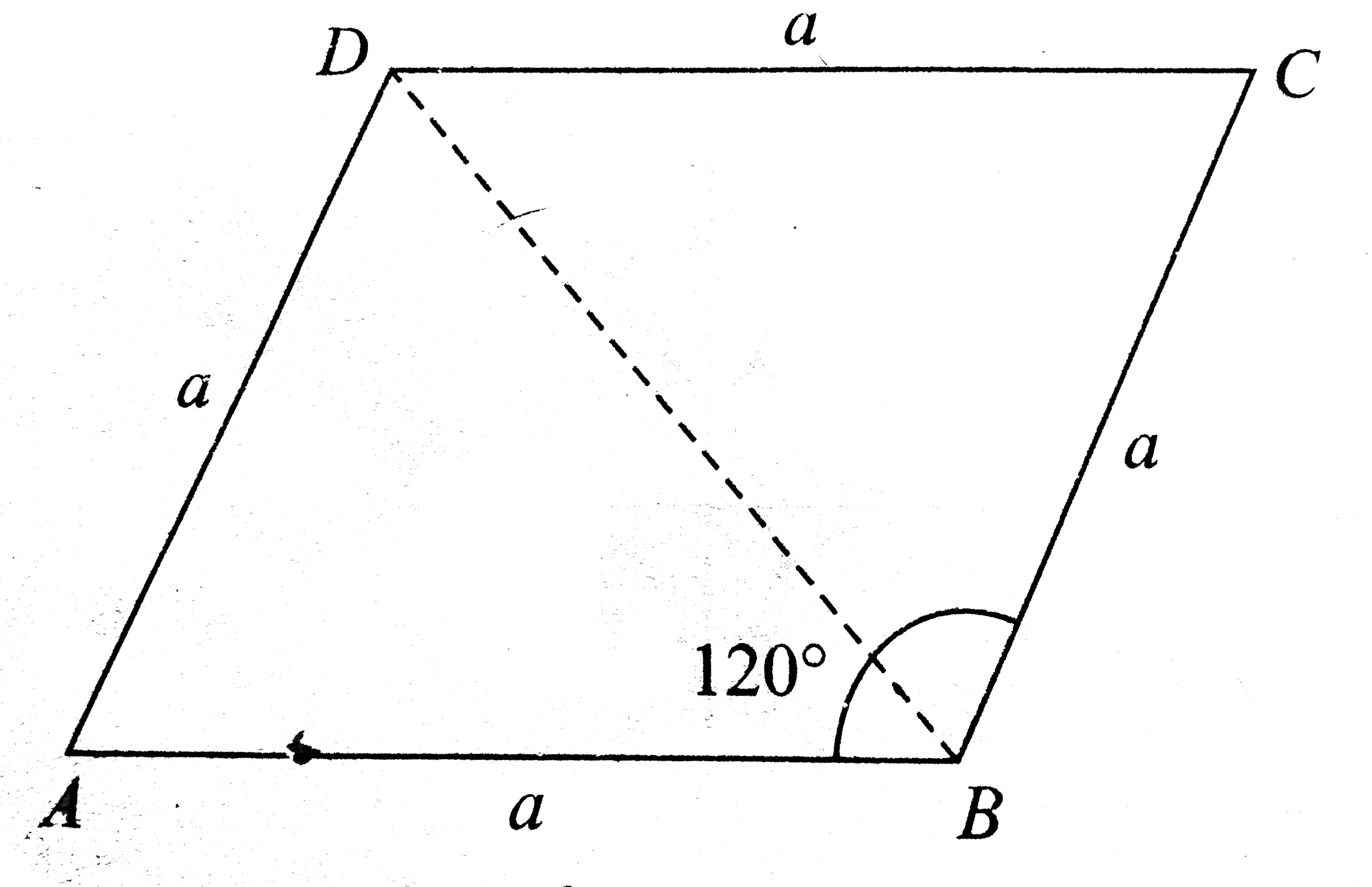 .04:58View Solution
.04:58View SolutionA hollow conducting sphere is placed in an electric field produced by a point charge placed at P as shown in figure. Let V_(A), V_(B), V_(C ) be the potentials at points A, B and C respectively. Then
03:26View SolutionA charge +Q at A (see figure) produces electric field E and electric potential V at D . If we now put charges -2Q and +Q at B and C respectively, then the electric field and potential at D will be
05:41View SolutionCharges are placed on the verticles of a as shown. Let vec(E) be the electric field and V the potential at the centre. If the charges on a and B are inercharged with those on D and C respectively, then-
04:50View SolutionCharges are placed on the vertices of a square as shown. Let E r be the electric field and V the potential at the centre. If the charges on A and B are interchanged with those on D and C respectively, then :-
View Solutionएक वर्ग के कोनों पर आवेश चित्र की भाँति रखे हैं| माना इसके केंद्र पर विद्युत् क्षेत्र →E तथा विद्युत् विभव V है | यदि A तथा B पर रखे आवेश C तथा D पर रखे आवेशों से परस्पर प्रतिस्थापित कर दिए जाते हैं, तो-
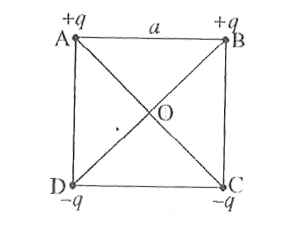 01:15View Solution
01:15View SolutionSix point charges are placed at the vertices of a regular hexagon of side a as shown. If E represents electric field and V represents electric potential at O then,
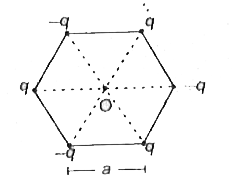 View Solution
View Solution{:((i)"Quantisation of charges",(a) int_(infty)^(P)- vec(E).d vec(r) ),((ii)"Electric field",(b)"ne"),((iii)"Electric dipole moment",(c) (F)/(q)),("(iv) Electric potential",(d)2qa):}
02:37View SolutionA charge + Q at A as shown in fig. produces electric field E and electric potential V at D. if we now put charges -2 Q and + Q at B and C respectively , then the electric field and potential at D will be :
02:18View SolutionA hollow conducting sphere is placed in an electric field produced by a point charge placed at P as shown in figure.
Let VA,VB,VC be the potentials at points A,BandC respectively. Then
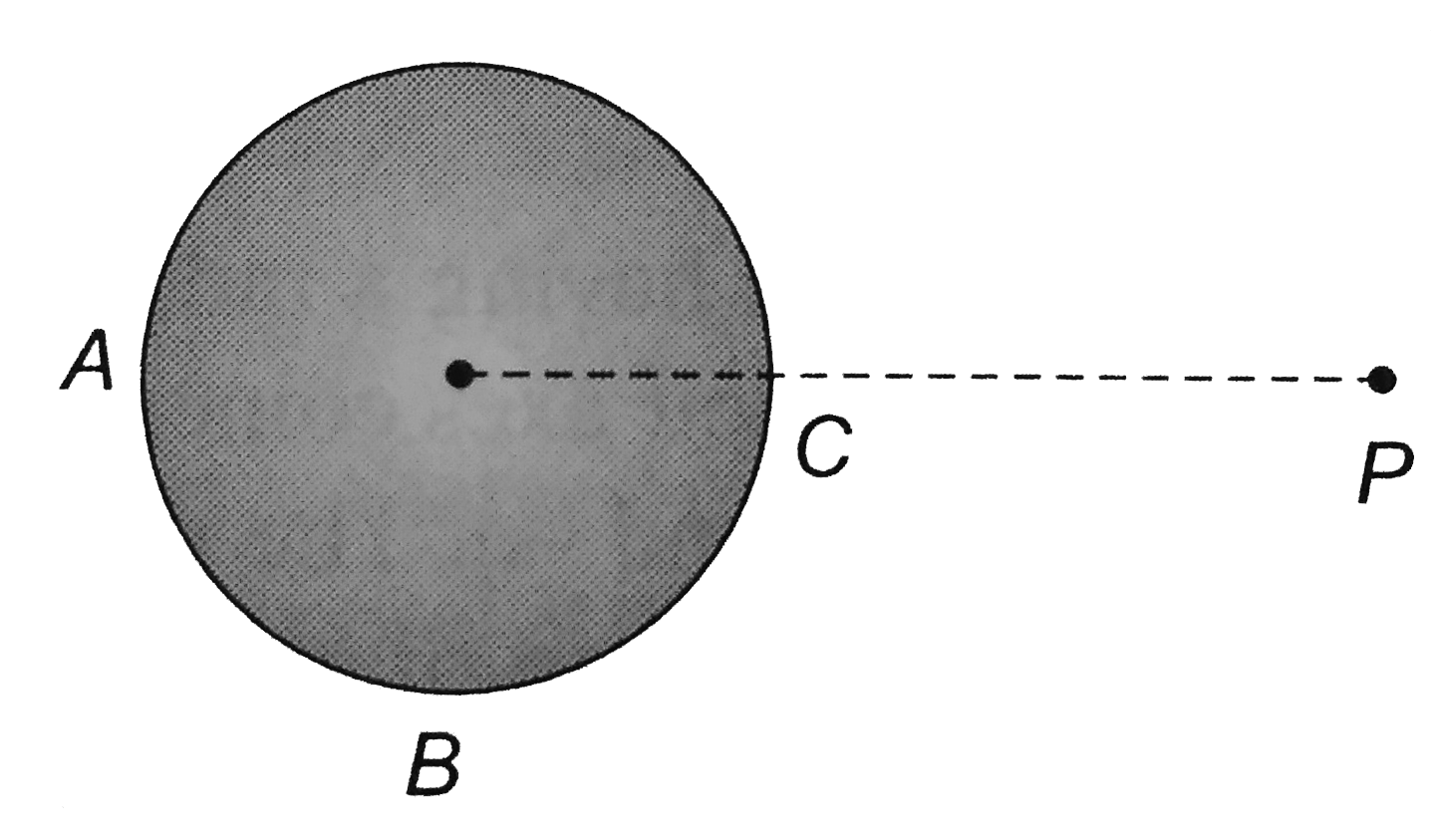 08:59View Solution
08:59View SolutionA hollow conducting sphere is placed in an electric field produced by a point charge placed at P as shown in figure. Let V_(A), V_(B), V_(C ) be the potentials at points A, B and C respectively. Then
02:58View SolutionA charge +Q at A as shown produces electric field E and electric potential V at D. If we now put charges - 3 Q and +Q at B and C, respectively, then the electric field and potential at D will be .
02:16View SolutionSix point charges are placed at the vertices of a regular hexagon of side a as shown. If E represents electric field and V represents electric potential at O then,
05:32View Solution

